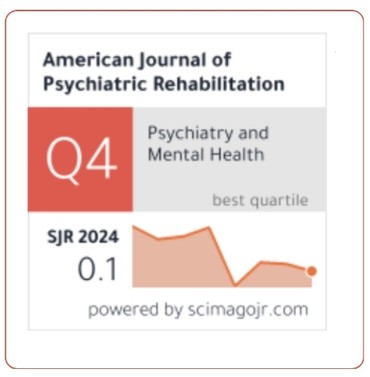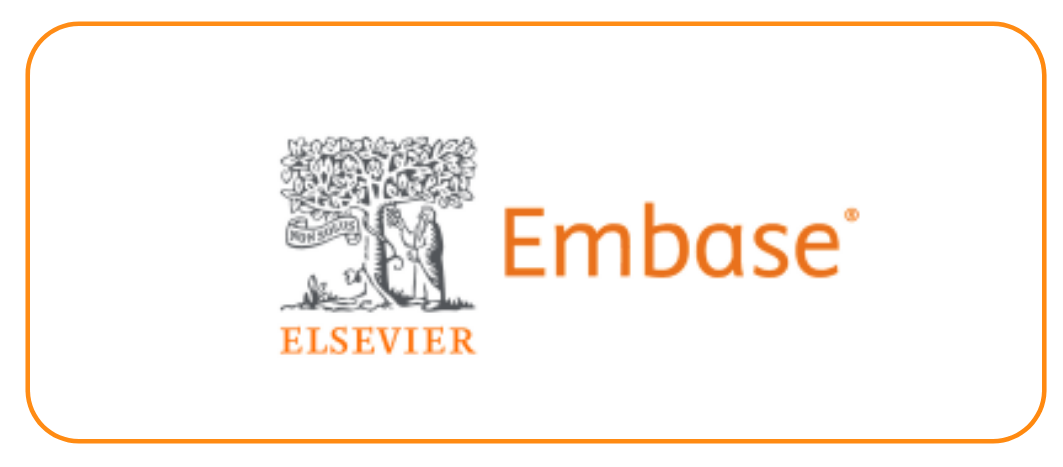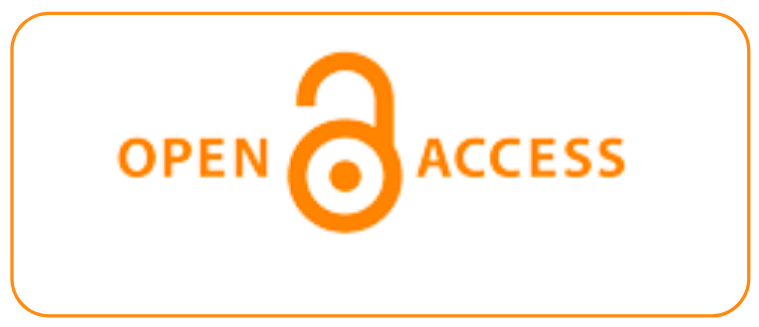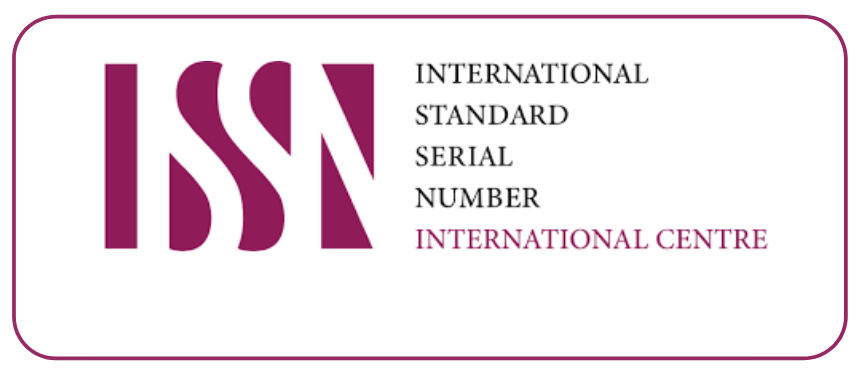The role of HR Analytics in Workforce planning
DOI:
https://doi.org/10.69980/ajpr.v28i5.395Keywords:
HR Analytics, Workforce Planning, Artificial Intelligence, Artificial Intelligence in HR, Ethical ConsiderationsAbstract
This conceptual paper workforce explores the important role of HR Analytics in planning, emphasizing how data-driven approaches change human resource management practices. By integrating advanced analytical devices and technologies such as artificial intelligence and machine learning, HR enables analytics organizations to predict the needs of the workforce, adapt talent management to adapt to talent management and increase employee engagement and retention. The study highlights the moral and organizational challenges associated with adopting HR analytics and outlines the importance of transparency, fairness and data privacy. In addition, it identifies emerging research opportunities in implementing HR analytics to develop workforce models including remote and gig employment. Ultimately, this letter argues that today's dynamic business environment required HR analytics to plan agile, responsible and strategically aligned workforces.
References
1. Abujraiban, A., Assaf, G. J., & Hmoud, A. Y. R. (2025). The adoption of human resources analytics in construction projects in Jordan: Antecedents and consequences. Sri Lanka Journal of Social Sciences and Humanities, 2(3), 134–173. https://doi.org/10.1080/23270012.2025.2455550
2. Alon-Barkat, S., & Busuioc, M. (2023). Human–AI interactions in public sector decision making: “Automation bias” and “selective adherence” to algorithmic advice. Journal of Public Administration Research and Theory, 33(1), 153–169. https://doi.org/10.1093/jopart/muac007
3. Arora, M., & Mittal, A. (2024). Enhancing organizational performance through HR analytics capabilities: Mediating influence of innovative capability and moderating role of technological turbulence. Human Resource Management, 63(6), 3271–3304. https://doi.org/10.1080/09585192.2024.2403541
4. Cao, G., & Duan, Y. (2024). Exploring the impact of business analytics on strategic decision-making in uncertain environments. Sri Lanka Journal of Social Sciences and Humanities, 2(4), 577–600. https://doi.org/10.1080/23270012.2024.2420365
5. Chansukree, P., Sagarik, D., & Cho, W. (2023). Public employee use of social media at work: Competency, collaboration, and communication of workplace policy. Public Personnel Management, 51(3). https://doi.org/10.1177/00910260221098737
6. Cho, W., & Melisa, W. D. (2021). Citizen coproduction and social media communication: Delivering a municipal government’s urban services through digital participation. Administrative Sciences, 11(2), 59. https://doi.org/10.3390/admsci11020059
7. Cho, W., Choi, S., & Choi, H. (2023). Human resources analytics for public personnel management: Concepts, cases, and caveats. Administrative Sciences, 13(2), 41. https://doi.org/10.3390/admsci13020041
8. Chowdhury, S., Dey, P., Joel-Edgar, S., Bhattacharya, S., Rodriguez-Espindola, O., Abadie, A., & Truong, L. (2022). Unlocking the value of artificial intelligence in human resource management through AI capability framework. Human Resource Management Review, 32(4), 100899. https://doi.org/10.1016/j.hrmr.2022.100899
9. Coulthart, S., & Riccucci, R. (2021). Putting big data to work in government: The case of the United States Border Patrol. Public Administration Review, 81(6), 1184–1195. https://doi.org/10.1111/puar.13431
10. Falletta, S.V. and Combs, W.L. (2021), "The HR analytics cycle: a seven-step process for building evidence-based and ethical HR analytics capabilities", Journal of Work-Applied Management, Vol. 13 No. 1, pp. 51-68. https://doi.org/10.1108/JWAM-03-2020-0020
11. Gurusinghe, R. N., Arachchige, B. J. H., & Dayarathna, D. (2021). Predictive HR analytics and talent management: A conceptual framework. Sri Lanka Journal of Social Sciences and Humanities, 1(2), 195–221. https://doi.org/10.1080/23270012.2021.1899857
12. Johnson, B. A. M., Coggburn, J. D., & Llorens, J. J. (2023). Artificial intelligence and public human resource management: Questions for research and practice. Public Personnel Management, 51(4). https://doi.org/10.1177/00910260221126498
13. Kim, M. H., Cho, W., Choi, H., & Hur, J. Y. (2020). Assessing the South Korean model of emergency management during the COVID-19 pandemic. Asian Journal of Comparative Politics, 6(4), 567–578. https://doi.org/10.1080/10357823.2020.1779658
14. Lopez, J., Thakur, S., & Attar, S. S. (2022). Role of HR analytics in predictive workforce planning and decision making. NeuroQuantology, 20(19), 4654–4666. https://doi.org/10.48047/NQ.2022.20.19.NQ99428
15. Lynn, T. G., Rosati, P., Conway, E., & van der Werff, L. (2023). The future of work: Challenges and prospects for organisations, jobs and workers. Palgrave Macmillan. https://doi.org/10.1007/978-3-031-31494-0
16. Storey, J., & Wright, P. (2023). Strategic human resource management: A research overview. Routledge. https://doi.org/10.4324/9781003364276
17. Zebua, D. K., Santosa, T. A., & Putra, F. D. (2024). The role of HR analytics in enhancing organizational performance: A review literature. Indonesia Journal of Engineering and Education Technology (IJEET), 2(2), 363–368. https://doi.org/10.61991/ijeet.v2i2.69
Downloads
Published
Issue
Section
License
Copyright (c) 2025 American Journal of Psychiatric Rehabilitation

This work is licensed under a Creative Commons Attribution 4.0 International License.
This is an Open Access article distributed under the terms of the Creative Commons Attribution 4.0 International License permitting all use, distribution, and reproduction in any medium, provided the work is properly cited.









